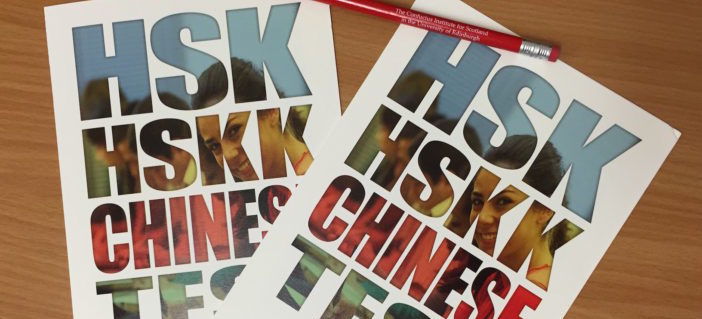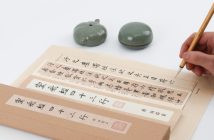If you think learning Chinese is difficult, well yes, you’re correct. To assess how far are you in getting conversant, you need to take the Hànyǔ Shuǐpíng Kǎoshì (汉语水平考试) or the HSK. It’s like the International English Language Testing System (IELTS) or the Test of English as a Foreign Language (TOEFL) for non-native English speakers. So in essence, it is more used for educational or professional purposes. It is administered by Hànbàn (汉办), a colloquial abbreviation for the Chinese National Office for Teaching Chinese as a Foreign Language (NOTCFL).

Don’t worry, that’s not part of the HSK test!
Several weeks ago, a Chinese language trainer visited our office to assess expat employees’ levels of Mandarin proficiency. Some colleagues who’ve been here for a long time can speak and understand Chinese, but most of them say they can barely recognize characters nor write them.
And then it’s my turn…
After 20 minutes or so of rather a long conversation, the teacher said I’m on HSK Level I. But what the heck is that?
According to the handout she gave us, the HSK consists of six levels, with each one corresponding to the level of oral and written knowledge of Chinese. Its basis is linked to a European system of assessing language proficiency (it is very technical that I think I’m not knowledgeable enough to explain this one).
Quoting a recent Mandarin Month post from our sister site, the Beijinger, “passing an HSK test and receiving the certificate is the goal for learning Chinese. It is feared and worshiped as the benchmark for those of us studying Chinese language, with many job descriptions requiring a certain level to apply and as the way to win a scholarship to study Chinese in China (tuition, accommodation, and some expenses are often subsidized).”
The HSK consists of two parts: an oral test (HSKK), and a written test comprising three sections: listening, reading, and writing. As you will see in the image below, the HSK has six levels, each having a cumulative vocabulary list. According to the Beijinger, the oral part is “slightly simpler, as it’s split into just three levels – beginner, intermediate, and advanced – but instead of an examiner, you listen to a recording and your answers are recorded, shipped off, and marked remotely.”
So I’m on HSK Level I. Hǎo cool is that? In my previous Mandarin Monday post about learning the first 100 Chinese characters every beginner needs to memorize, Learn Chinese Everyday says those frequently used characters make up 40 percent of the usage of Chinese, and that learning 800 more would unlock another world as they are the components of 11,000 phrases and words that make up 90 percent of Chinese publications.
But that number just sounds extreme and otherwordly!
Yes, it is. That’s why there’s the HSK to prep students. Level VI has half of those 11,000 phrases and words but I wonder how many years will it take me to fully grasp Chinese. If it took me more than a year to be assessed as a Level I student (I still need to take the test to legitimize that), then probably it would take me 10 years to get to Level VI — and that, of course, is when I take it seriously.
But then when I think of having an HSK certification as a big plus in my CV, I always remember that practicing the language to communicate with locals is just as rewarding.
Next in Mandarin Monday: So now we know what the HSK is. Let’s begin to memorize the basic words to jumpstart our HSK study!
Photos: Confucius Institute, Andy Penafuerte; from MarkyMark 82 via Pixabay
More stories by this author here.
Email: andypenafuerte@beijing-kids.com
Instagram: @coolkidandy




